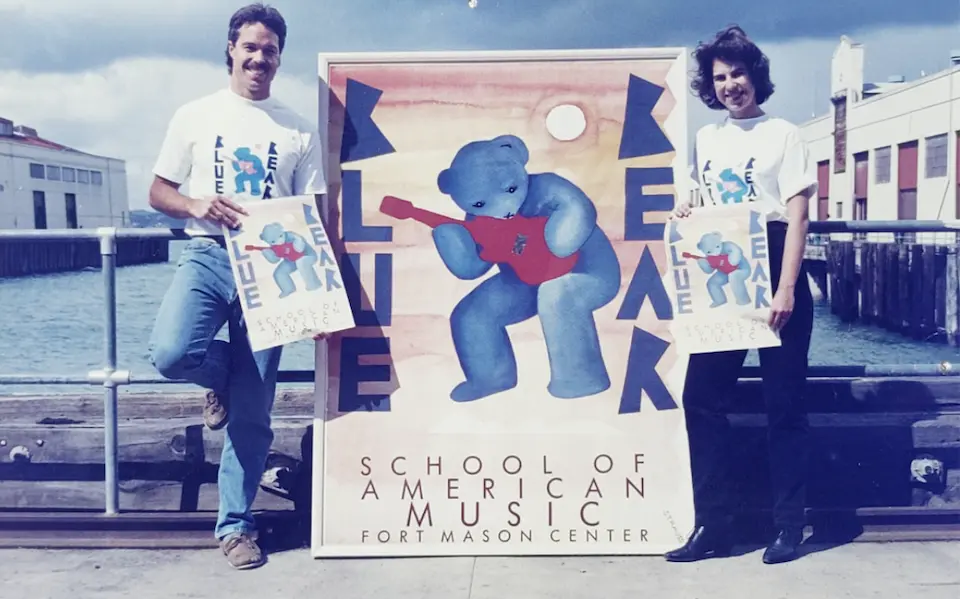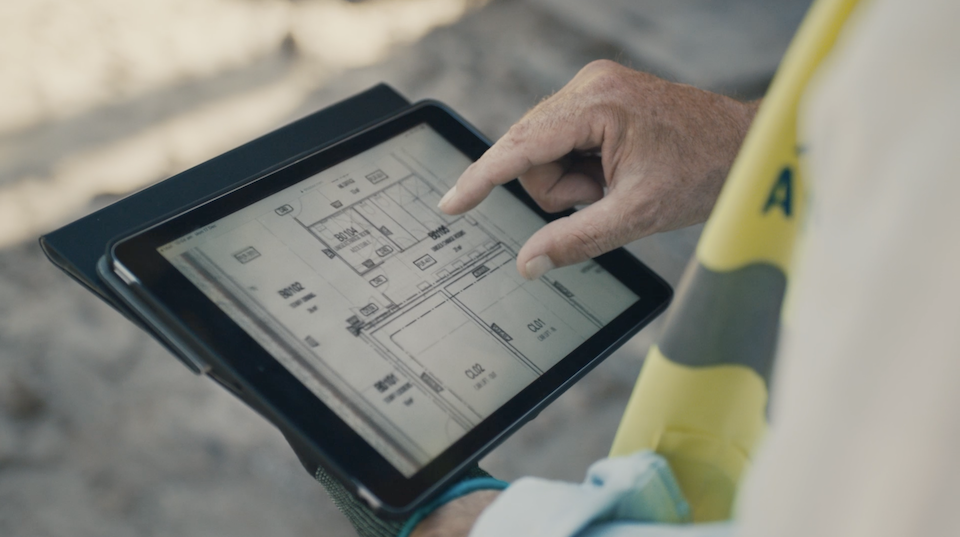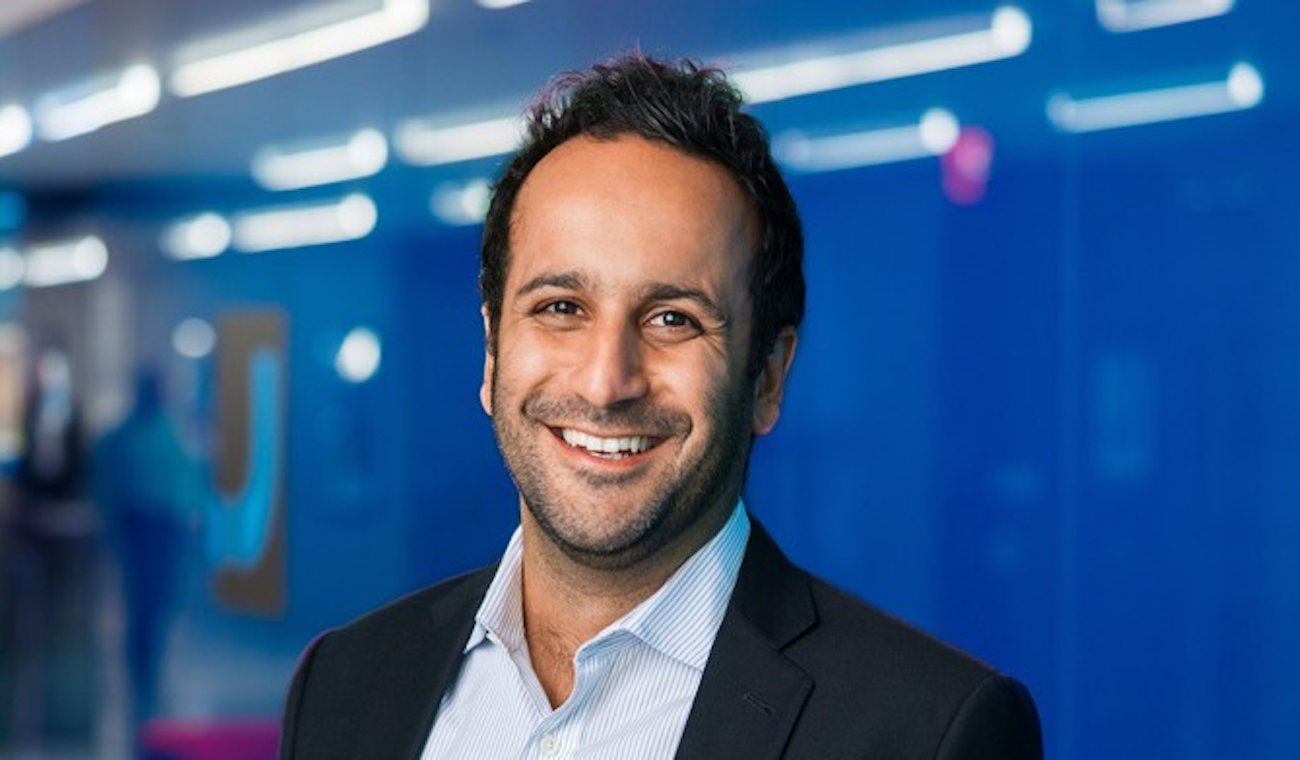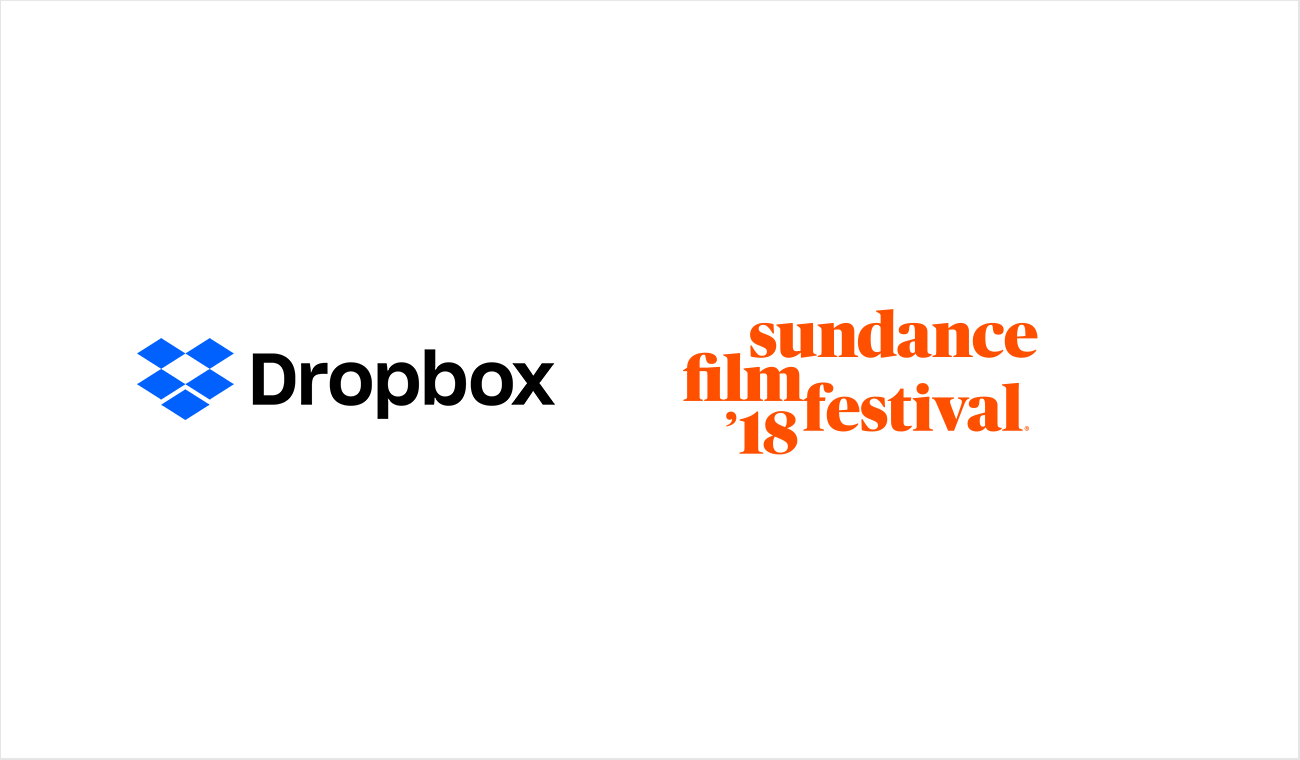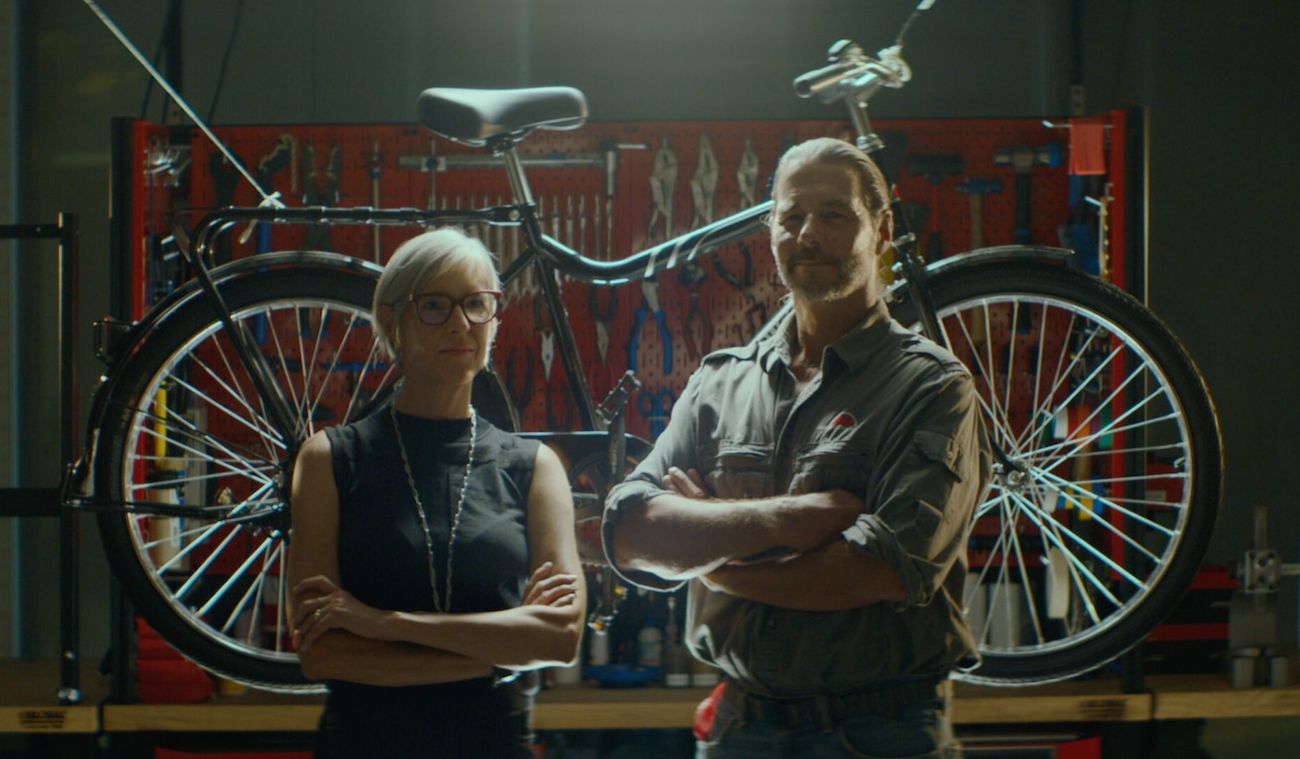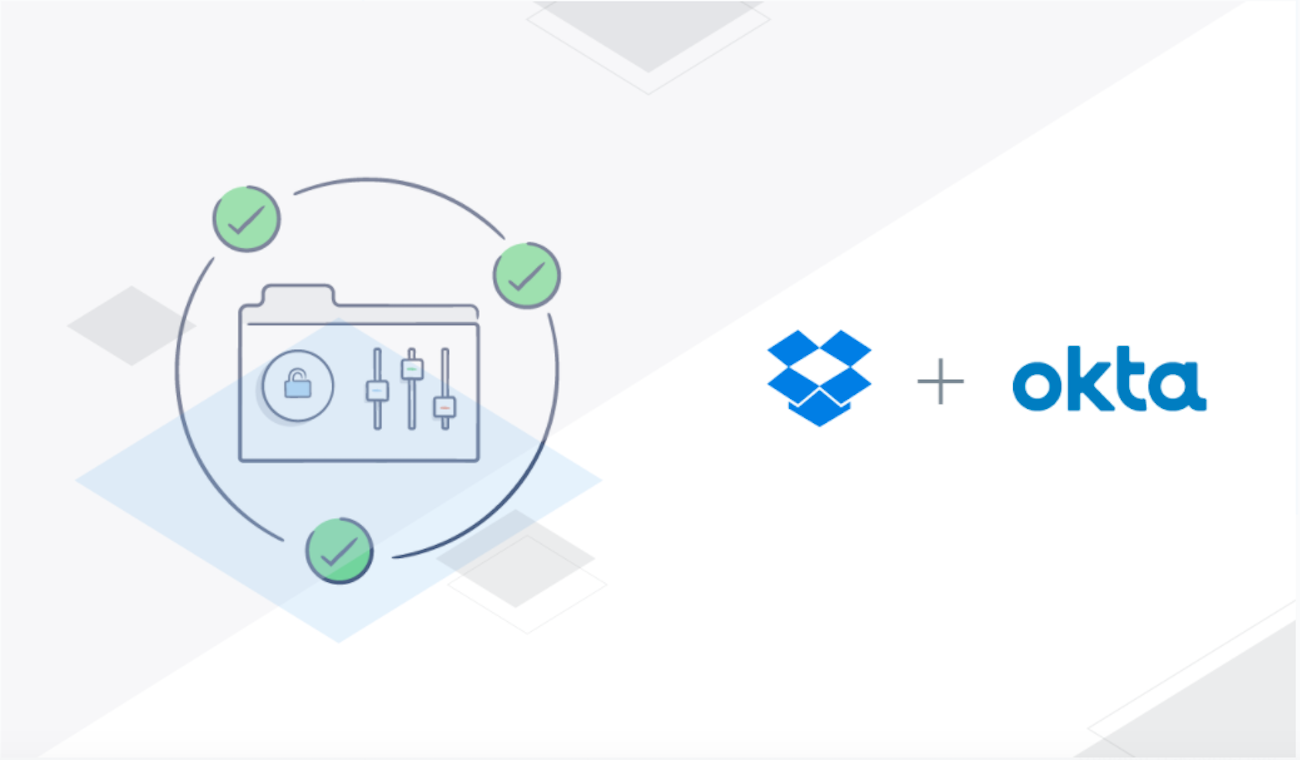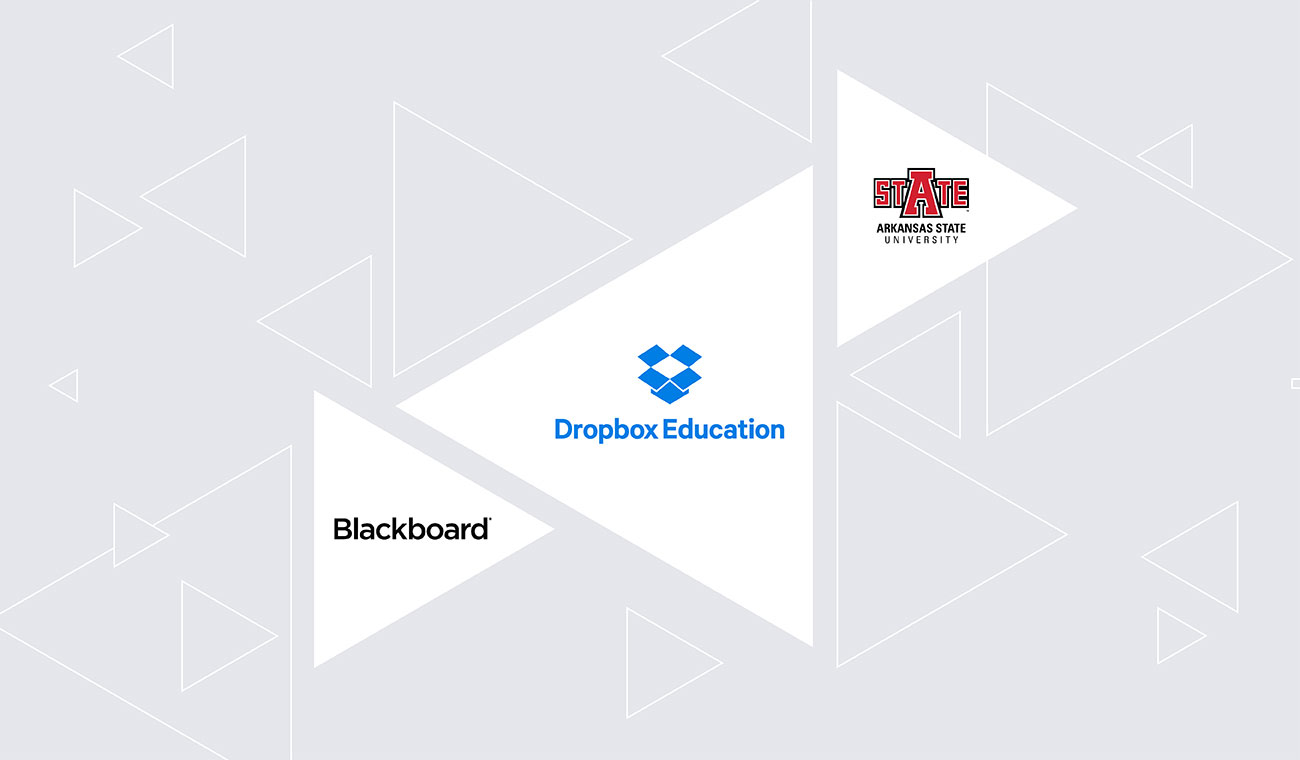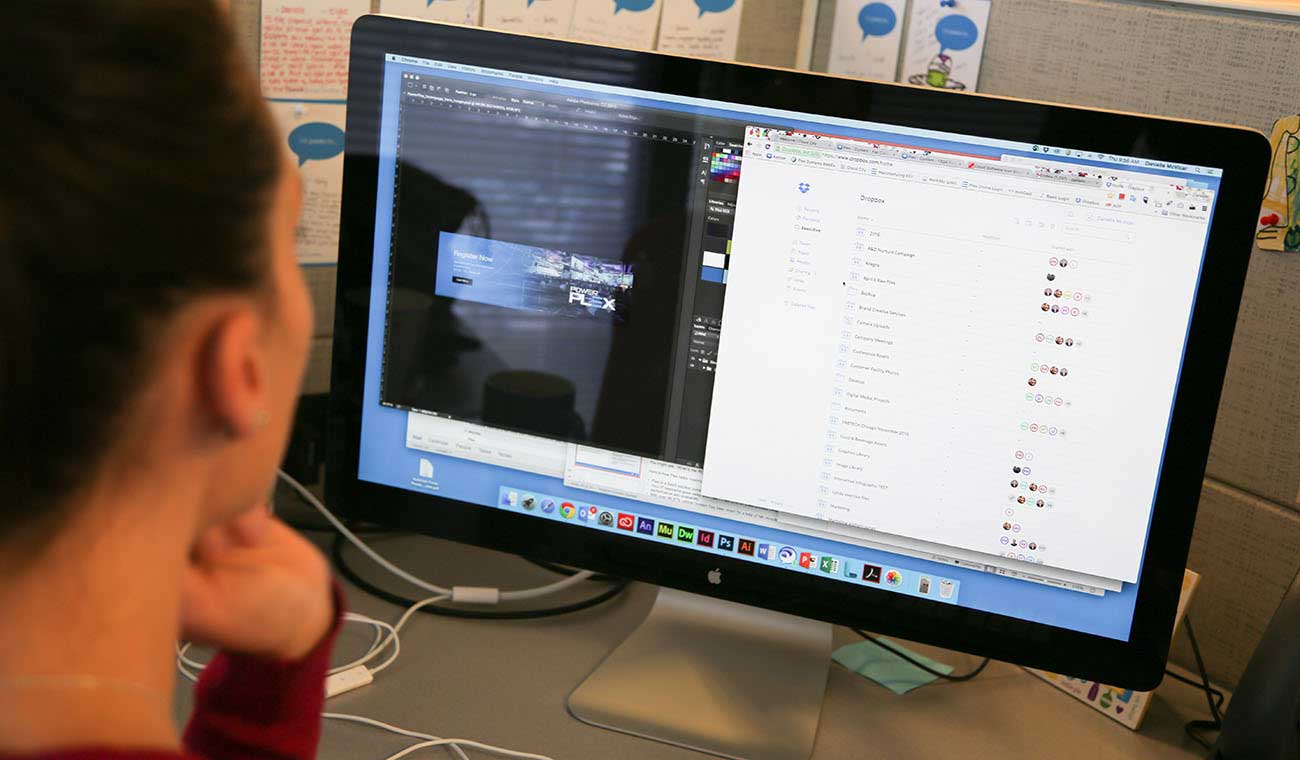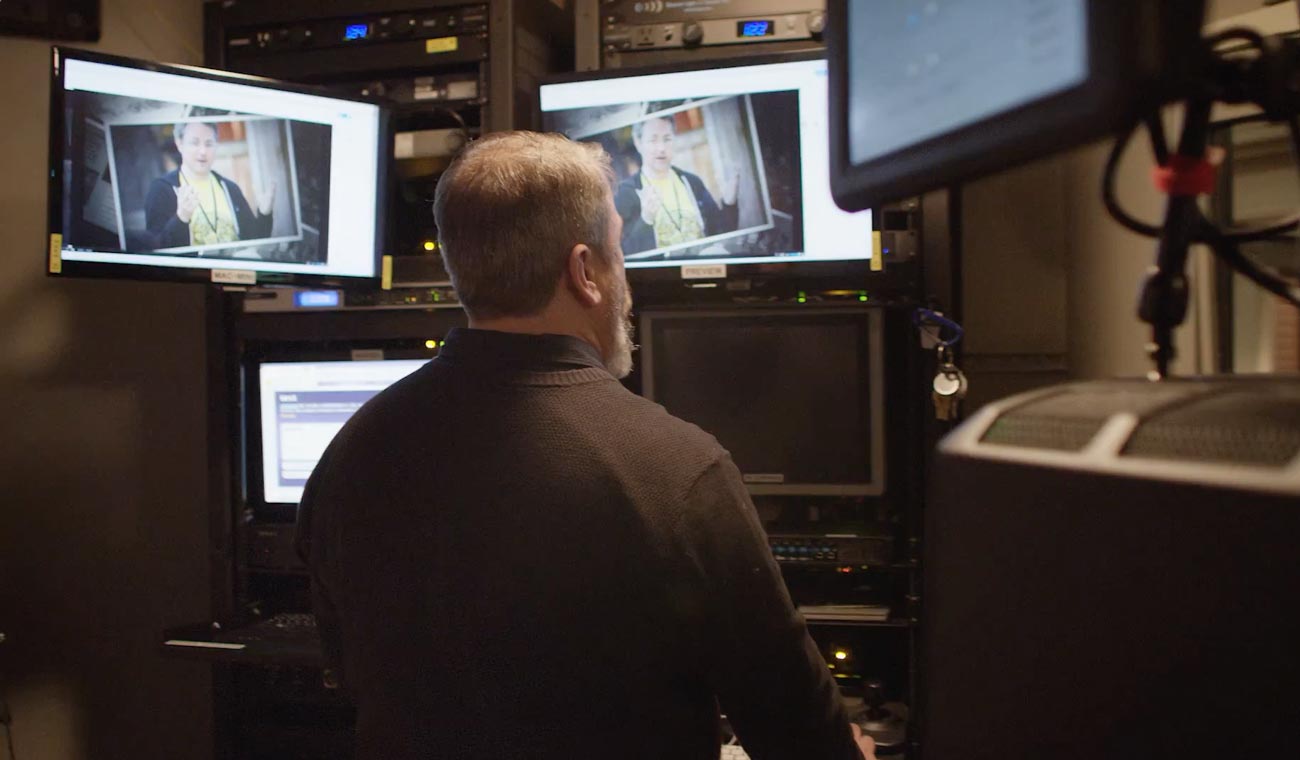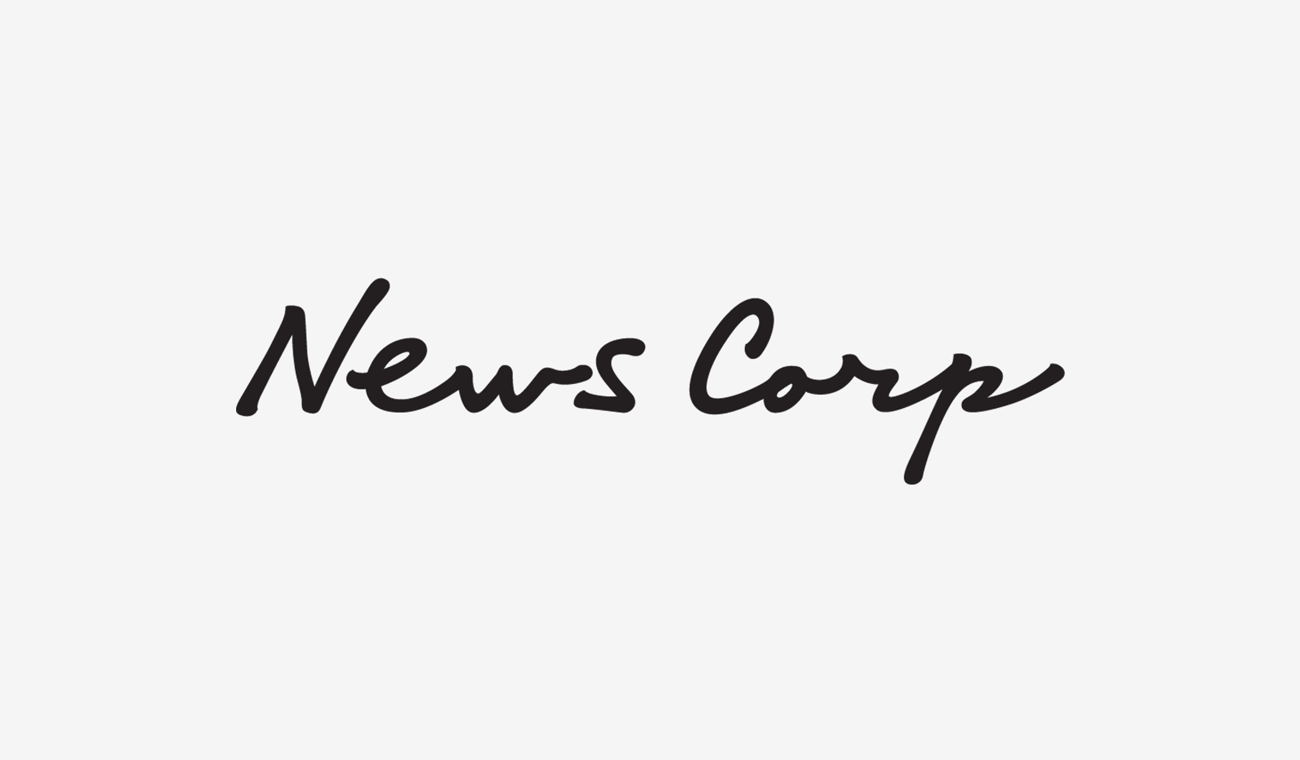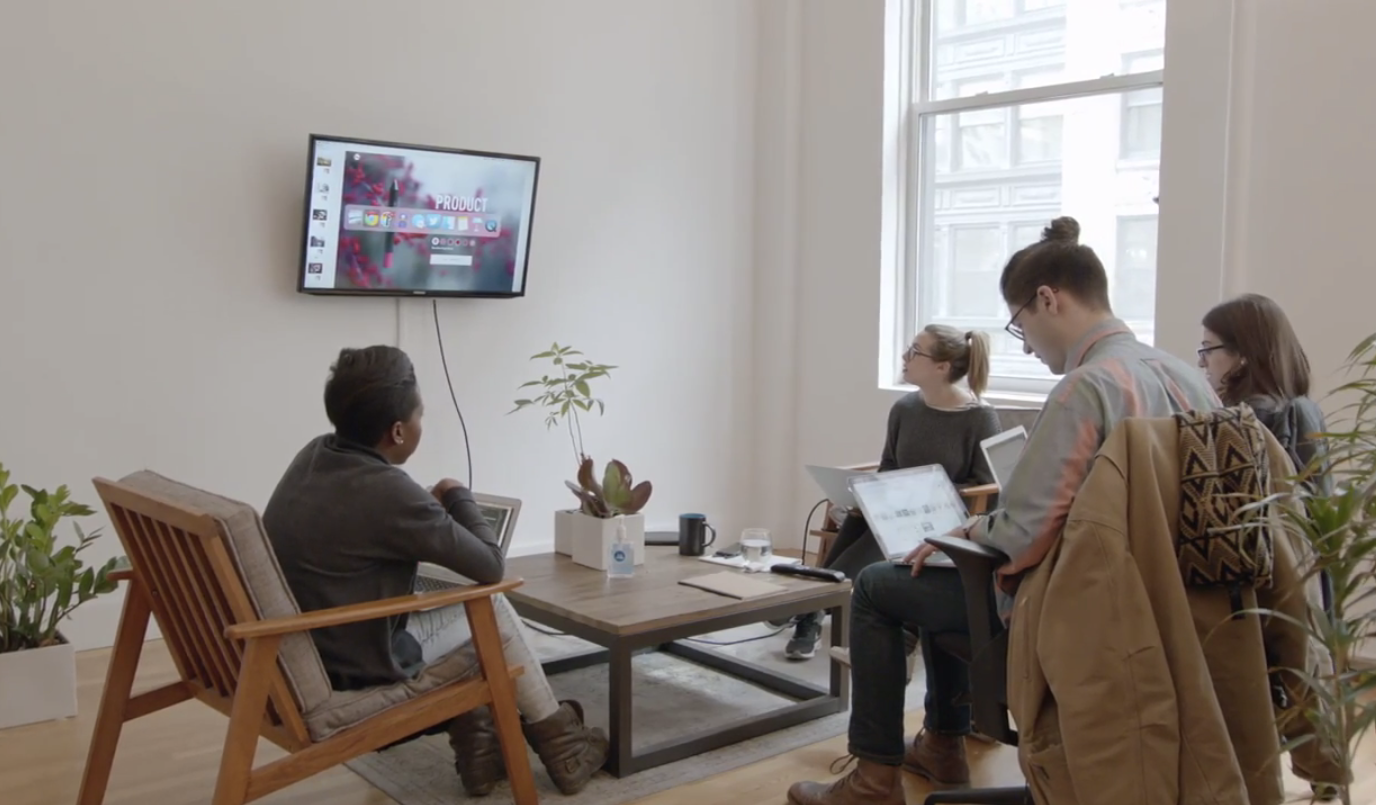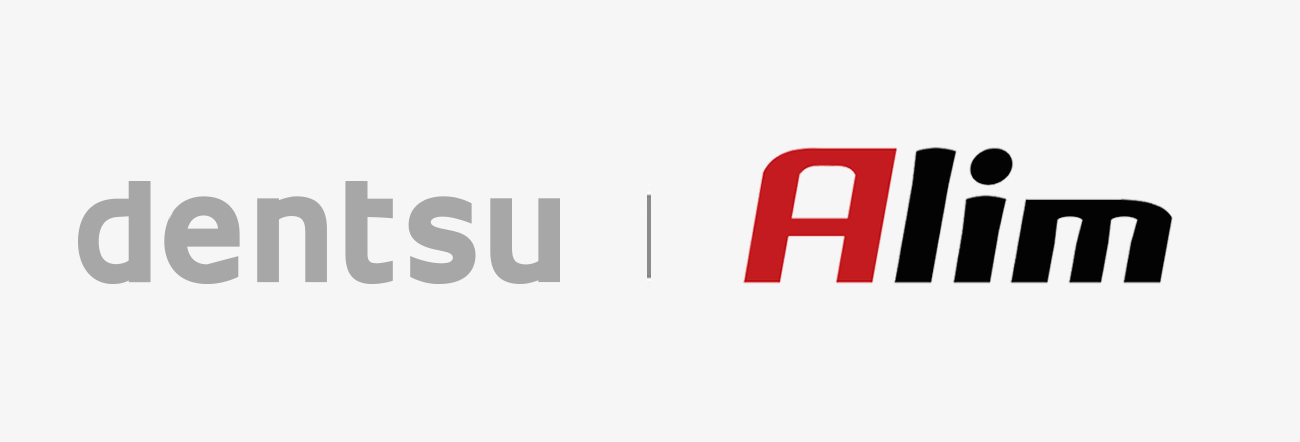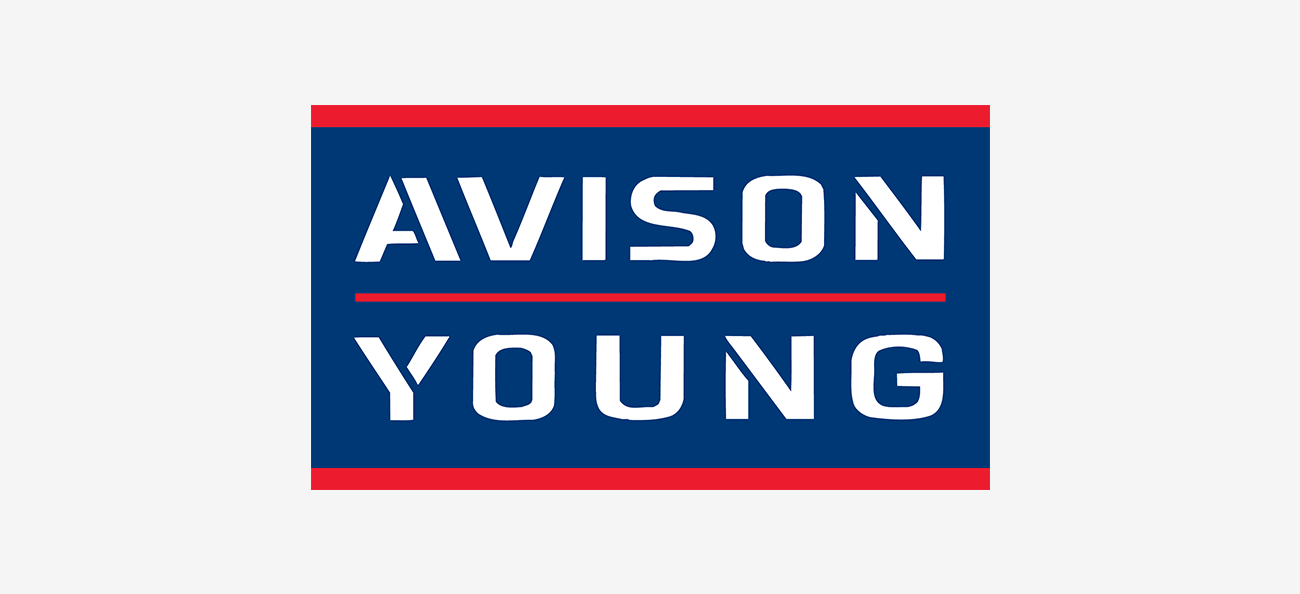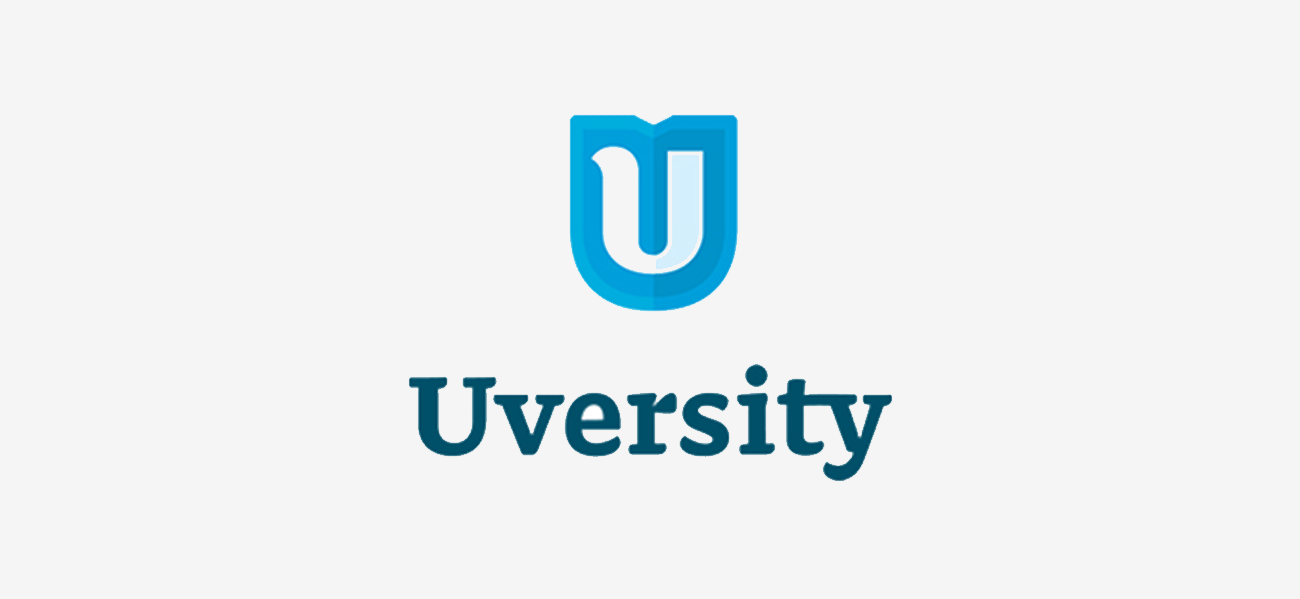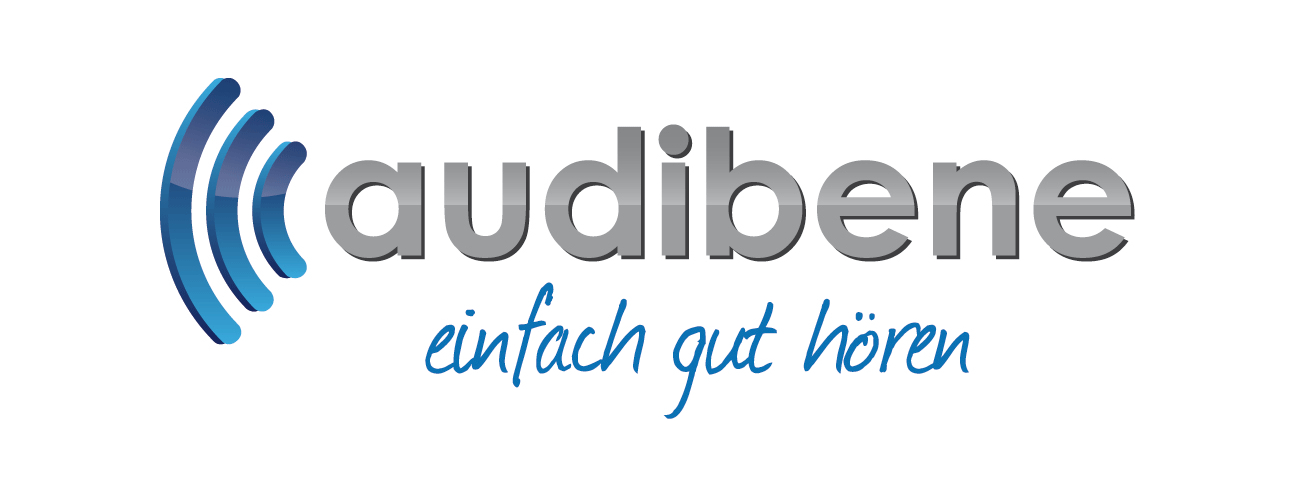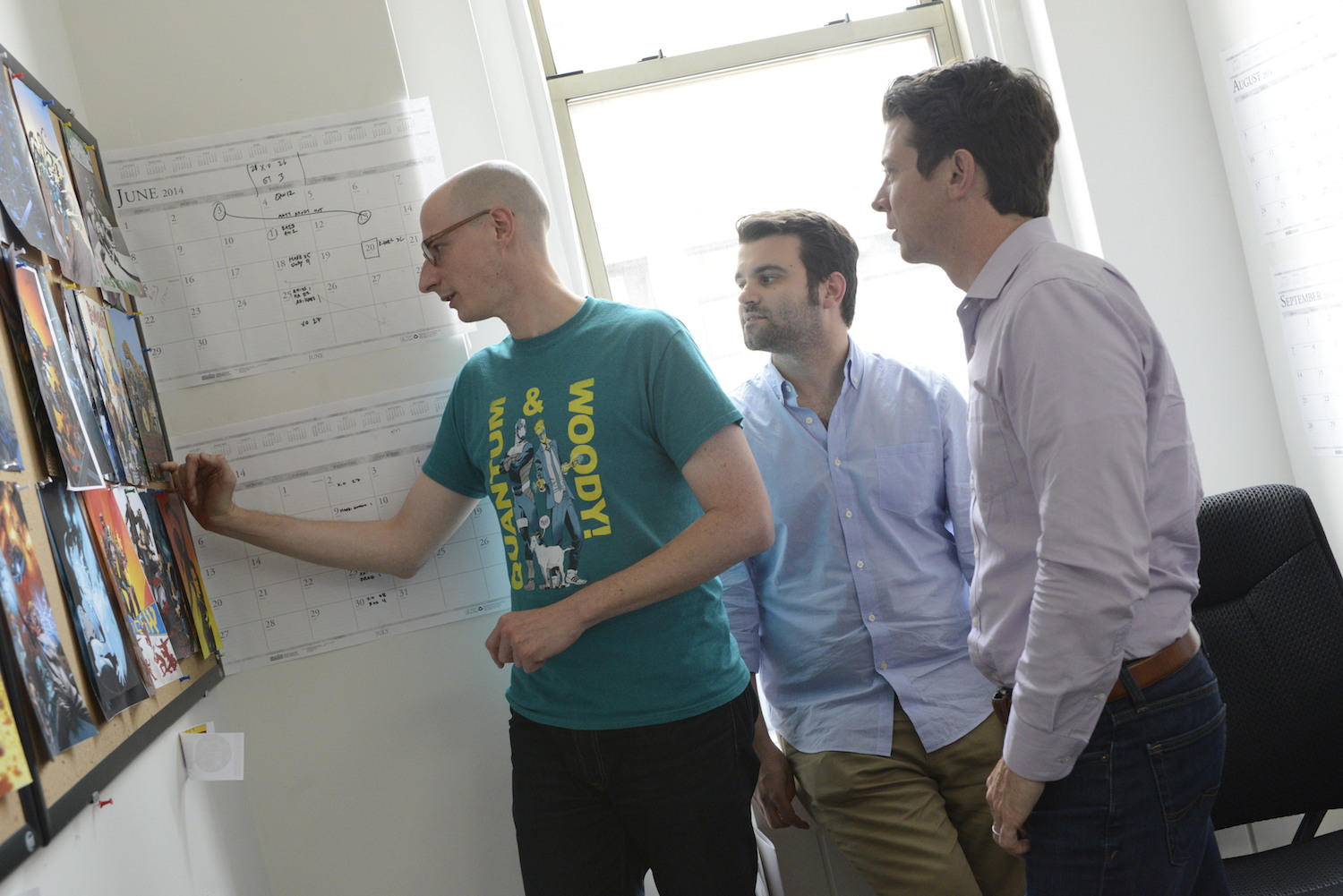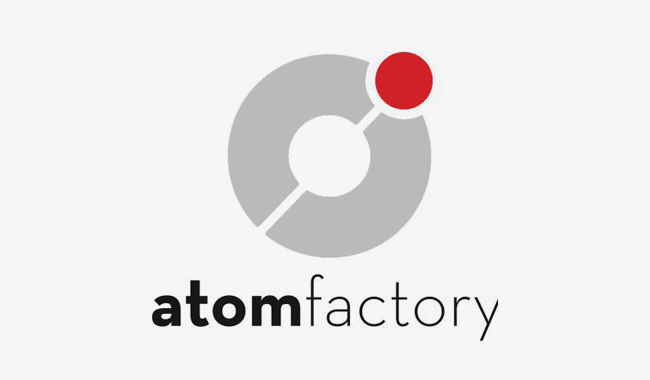
With their coursework saved and shared in the cloud, students are able to get work done from anywhere. Faculty and staff use file sharing services to distribute materials and collect assignments at the click of a mouse.
Going to college today isn’t what it used to be, to say the least. Many of the latest educational institutions to roll out Dropbox, like the University of Oklahoma and Cleveland Community College, are embracing these trends. The University of Oklahoma (OU) has long been a pioneer in bringing new technology to campus. The school’s One University digital initiative led to money-saving digital textbooks, and collaboration among students and teachers on ebooks.
The program was so successful it nabbed the school an Innovator Award from the higher-ed magazine Campus Technology. So it’s no surprise that some 12,000 people at the OU campus were already using personal Dropbox accounts when departments began requesting our enterprise offering.
“I was able to stitch all the conversations together and provide our faculty and staff with access to the service they wanted to use,” says Eddie Huebsch, OU Assistant Vice President for Technology Advancement. Cleveland Community College, too, continually makes tech a focus, with a history of successfully preparing students for IT careers. Their ongoing programs recently led to a large federal grant to take on additional projects. For the school, where no single technology rules supreme, Dropbox is making it easy for students and faculty to work the way they want.
With Dropbox, CCC faculty members, “won’t have to worry about what device that file is on any longer, because it’ll be on all their devices,” says Athena Smith, the school’s Instructional Development Coordinator. “They can access it from anywhere — on campus, off campus, at the beach, wherever they happen to be.” And it’s not just these schools — students and faculty everywhere are using Dropbox to work the way they want.
Today one in four university students in the US now have personal Dropbox accounts. Around the world, faculty and students at more than 3,000 educational institutions use Dropbox — and the numbers keep rising.
MIT deployed Dropbox for Education to all its students and faculty in the past school year. And California State University, Fullerton recently began running on Dropbox for Education. We’re always looking for new ways to help foster innovation in education. One of the latest is file requests, which let teachers gather files such as papers or exams from students by simply sending out a link. With it, anyone — even if they’re not on Dropbox — can upload files to a single folder.
Our partners, too, are helping to bring Dropbox into the key educational tools. Dropbox now integrates with security services like CloudLock and Splunk, education apps like Blackboard and Canvas, and single sign-on services like InCommon. We’ve also made user security and privacy on campus a top priority by adopting emerging standards like ISO 27018 and helping customers meet their regulatory requirements around COPPA and FERPA.
As more and more institutions turn to Dropbox, we’re playing an integral part in the way students and faculty get work done. At these schools and thousands of others, we’re excited to help everyone make the grade.



